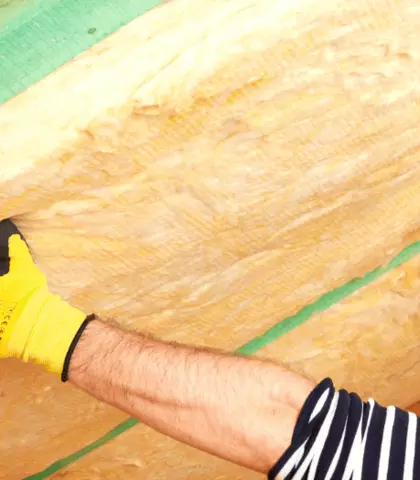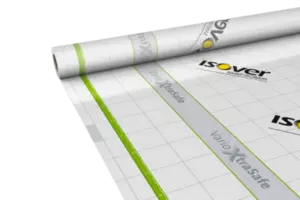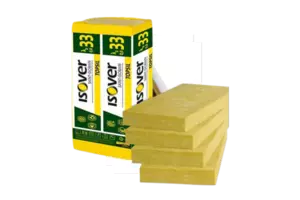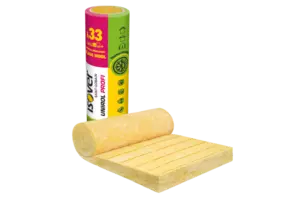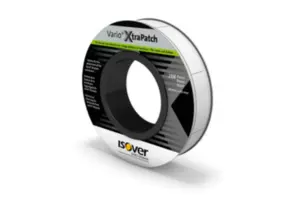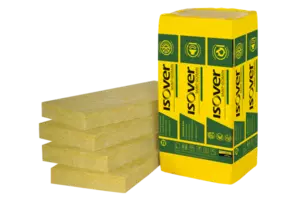Useful links
➜ Installation guides
➜ References
➜ Pitched Roof and Ceiling Catalogue
➜ Guide to choose your insulation
➜ FAQs
➜ Technical glossary
It is well-known fact that heat rises upwards. So it is not surprising that 25% to 30% of all heat loss is attributable to the roof. But if you insulate it well, you can keep the heat in your home and save on the heating cost a good deal.
In the summer, insulation prevents the attic from overheating, so you will save money on air conditioning and the rooms under the roof will never be unbearably hot. If you have lived in an attic flat, you know what it is about.
Insulated roof allows using the attic as space for living. An empty attic may transform into a children’s room, a guest room or a cosy study.
Insulation will better protect the roof structure against the weather and reduce the risk of condensation and mould formation.
We at Isover develop and manufacture complete pitched roof insulation systems.
These are system compositions (system solutions) consisting of specific materials
and proven in the most demanding conditions
What do you get from insulating your pitched roof?
● Considerably lower energy costs
● Comfortable attic temperature all year round
● Longer life for roof timbers
● Possibility of using the attic for living
What to insulate with?
Mineral wool insulation (MW) is the material most commonly used pitched roof insulation. It is a material that not only has excellent thermal insulation properties, but also absorbs sound and is easily permeable for water vapours. As mineral insulation is the A1 fire class (non flammable materials), it is an excellent option to comply with the legislative fire resistance requirements.
What thickness of heat insulation to use?
The choice of thickness depends on what the technical standard requires and what savings you want to achieve. A common insulator thickness is 300 mm, but experts recommend thicker layers; for example 400 to 460 mm for passive houses. The reason is that the energy efficiency requirements for buildings will become still stricter in the future, and only a sufficient insulation thickness will satisfy required parameters.
And what are the types of pitched roof insulation?
There are several ways to insulate a roof, each having specific advantages and drawbacks.
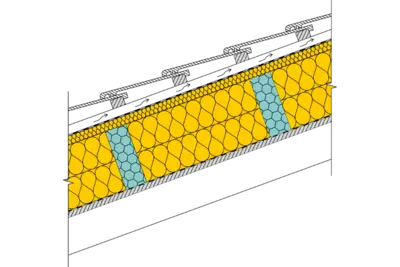
Insulation over rafters
The entire structure is placed above the rafters, so that the living space in the attic is not reduced. It effectively prevents the generation of thermal and acoustic bridges and allows the vapour barrier to be laid perfectly. However, you will have to remove the roof covering.
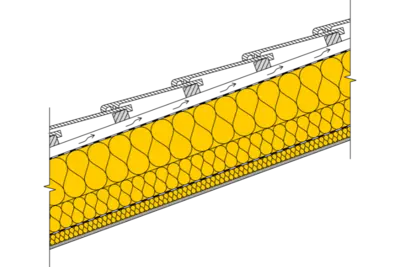
Insulation between + under rafters
Insulation between the rafters used to be sufficient, but such insulation no longer meets the technical standard requirements. As a result, inter-rafter insulation is combined with under-rafter insulation. Poor installation leads to the generation of thermal and acoustic bridges.
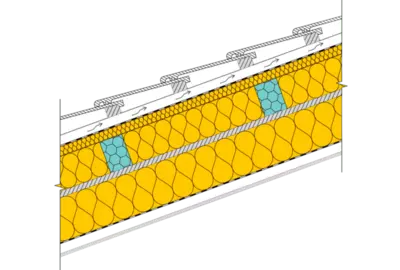
Insulation over + between rafters
This solution is particularly suitable for laying new roof covering. It is applied between the rafters and at the same time from the top of the rafters.
This way you will not reduce the attic space for living as you would with insulation below + between the rafters.
How much does insulation cost? Ask us for a free estimate
Our technical specialists will be happy to help you choose the material, calculate the necessary quantity and approximate prices, and will also direct you directly to the nearest dealer.
The service is completely free.
[email protected]
+420 226 292 221
I want advice
Pitched roof insulation systems

Isover Double Tram under-rafter insulation
Together with inter-rafter insulation, it allows insulating the roofing as deep as 500 mm (the maximum is 580 mm).

Over-rafter Isover X-Tram roof heat insulation
As the insulation forms an uninterrupted layer in the system, this composition is more suitable than the conventional pitched roof insulation systems.

Smart Isover Vario® vapour barriers
The vapour barrier (vapour retarder) is an essential part of roof insulation. It is a film that prevents water vapour from penetrating the structure. The Isover Vario® film can react to changes in humidity occurring during the year or, for example, as a result of installation errors.
It is recommended to use Isover Vario® vapour barriers along with Isover Vario® tapes to airtight paste over the vapour barrier joints.
Get a how-to guidance for your building project FREE OF CHARGE
Subscribe to our newsletter and download an e-book full of installation procedures and recommendations, which will guide you step by step through the entire insulation process.


